The Secret Apothecary
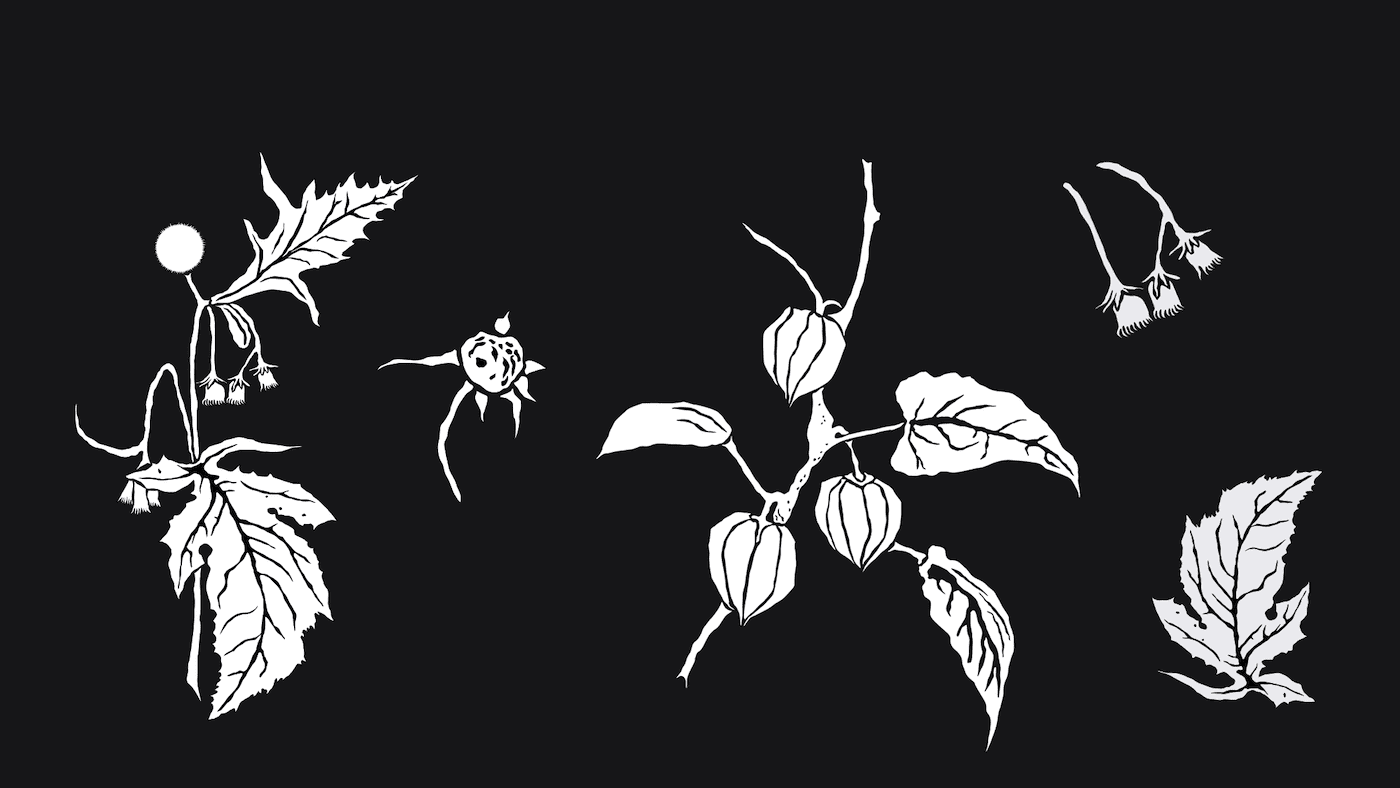
15 January 2025
Magazine C& Magazine
Words Cynthia Nyakiro Ngunjiri
4 min de lecture
Cynthia Nyakiro Ngunjiri presents a visual art project in process featuring plant motifs inspired by her family’s generational knowledge of medicinal.
The natural world has always held a special place in my heart, making this project deeply meaningful to me. It has offered a way to honour my family’s heritage, as my great-great-grandfather was a herbalist and his knowledge of plant medicine has been passed down through the generations. I am continually awed by the miraculous ability of plants to heal in such a non-invasive and holistic manner.
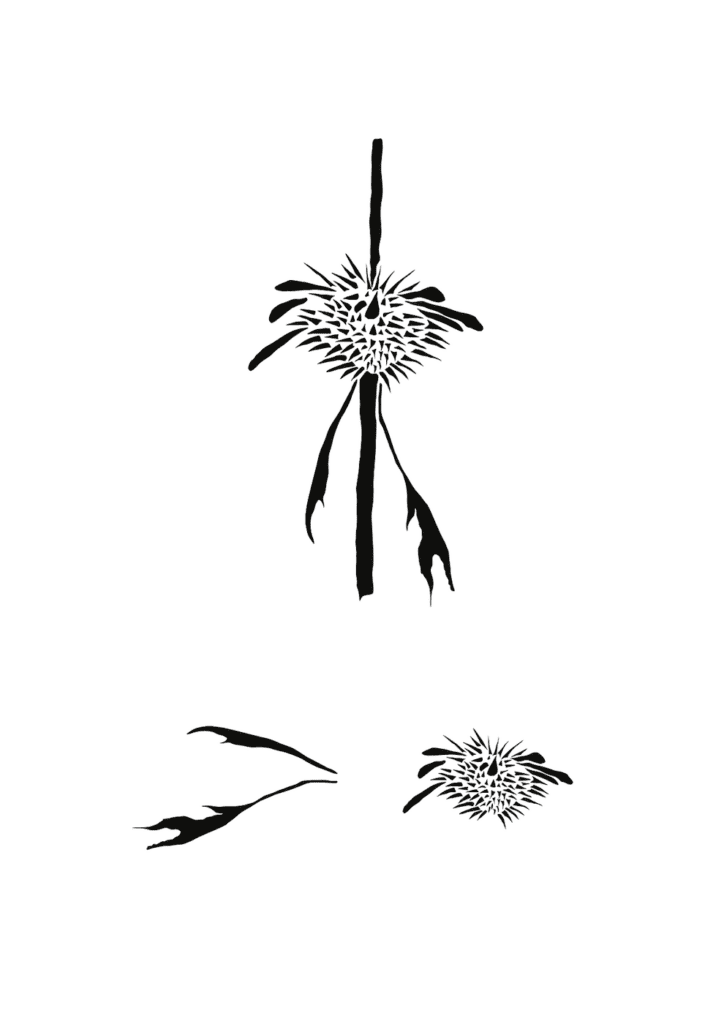
mucii, leonotis mollissima, Digital motif drawing, 2024.
In my research, I came across a diverse range of plants—trees, shrubs, and weeds. Although I began the project with some knowledge of medicinal plants, I was excited to explore the uncharted realm of weeds and uncover their medicinal properties. I decided to concentrate on these weeds because they grow plentifully in our surroundings, are easily accessible, and only require a discerning forager rather than a farmer.
I only discovered mũnathi‘s medicinal properties while researching for this project. Previously, I viewed the plant with suspicion, associating its fruit with the sodom apple (ndongu) and the kay apple (kaiyaba), which we were advised against touching as children. I was pleasantly surprised to learn of its medicinal benefits and delicious taste, as reported by others. I haven’t yet tried it myself, but now that I understand its importance, I look forward to exploring it.
<p>
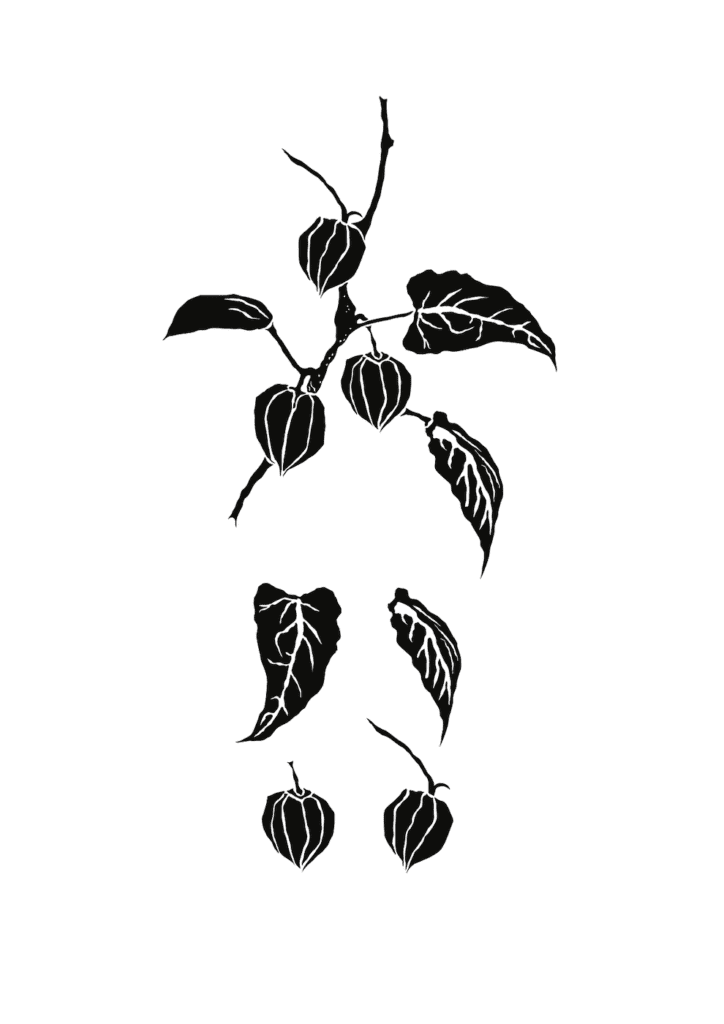
[boven paragraaf 3. Eerste regel: ‘I only discovered mũnathi’s medicinal properties while researching for this project.’] Munathi (Cocos nucifera), 2024, digital motif drawing.
Mũthũnga, which we affectionately called the ‘wishing dudu’ as children, evokes memories of childhood magic—the delight of making a wish and sending it out to the universe. As I grew older, the enchantment of the ‘wishing dudu’ faded. Learning about its numerous curative properties has reminded me that magic can be found in even the most unexpected places. I was initially captivated by the vibrant flowers of the mũcii, blooming freely in the open fields on my family’s land. Their striking orange blooms always seemed perfect for a bouquet.</p>
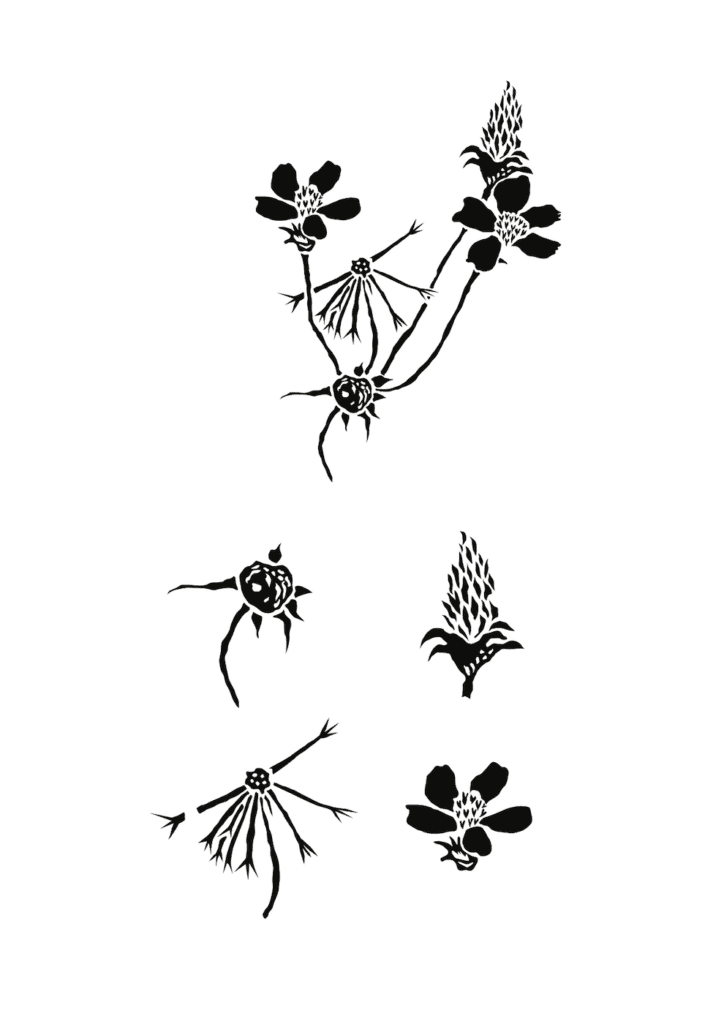
Muchege, Bidens pilosa, Digital motif drawing, 2024.
Of all the weeds, mũchege stands out as the most persistent. During visits to my grandparents’ farm, my socks, shoes, and trousers would become covered in its prickly seeds, requiring considerable effort to remove. Though I once considered it a nuisance, I now recognize that even the most troublesome things can provide relief and benefits.
In exploring these often overlooked weeds, I’ve found that beauty truly exists in the most unexpected places. Each plant, from the humble mũnathi to the resilient mũchege, reveals a profound lesson about our connectedness to the land and the potential for healing ourselves. By delving into their hidden virtues, we not only enhance our understanding of the natural world
but also renew our connection to life itself. These discoveries remind us that even in the most unassuming corners of our environment, there lies a wealth of wisdom and wonder, inviting us to embrace and cherish the intricate tapestry of existence.
This text is part of the Stedelijk x C& Editorial Fellowship: To Spring From Salted Earth edited by Wanini Kimemiah.
Cynthia Nyakiro Ngunjiri is a Kenyan contemporary artist living and working in Nairobi. She holds a bachelor’s degree in Fine Art and Design from Kenyatta University. Through her work, she explores the relationships between the natural environment, human interactions, and the metaphysical. Guided by intuition, she merges various media such as recycled paper, X-rays, magazine cutouts, ink, bleach, scrap metal, dried plants, and photography, creating a practice genuinely inspired by history and her surroundings. In her own words: “I like to gather various objects, observing their nature, taking them apart, and grouping them together. I view every material I collect for my pieces as having infinite lives. By distorting and pasting different bits and pieces together, I breathe life into them—giving them new significance.” Nyakiro has displayed her artwork at various venues in Nairobi, including the National Museums of Kenya and Ardhi Gallery, as well as at Turner Contemporary and Lancaster House in the United Kingdom.
Plus d'articles de
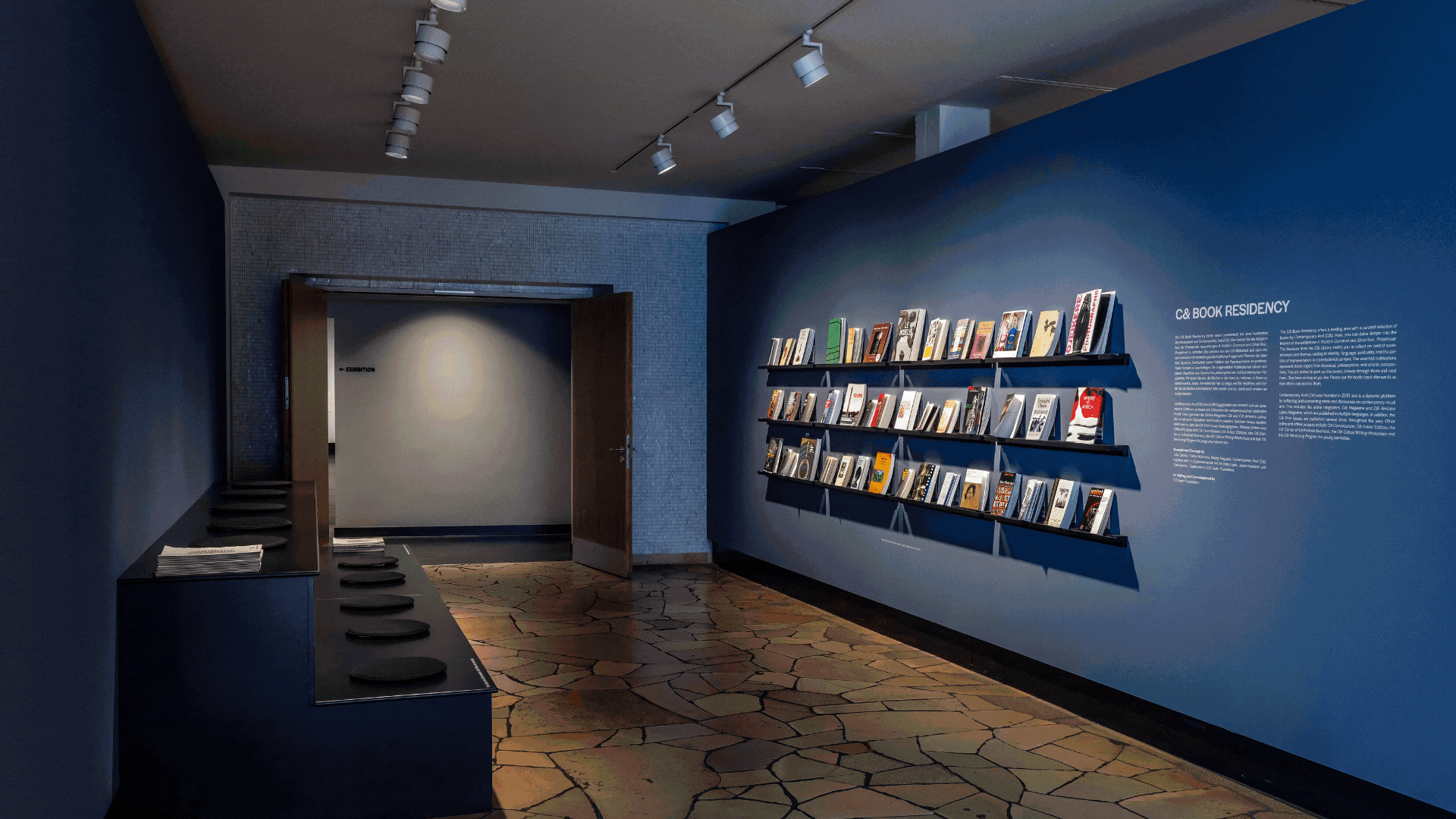
C& Highlights of 2025

Maktaba Room: Annotations on Art, Design, and Diasporic Knowledge

Irmandade Vilanismo: Bringing Poetry of the Periphery into the Bienal
Plus d'articles de

MAM São Paulo anuncia Diane Lima como curadora do 39º Panorama da Arte Brasileira

Naomi Beckwith présente l’équipe artistique qui l’accompagnera pour la documenta 16
